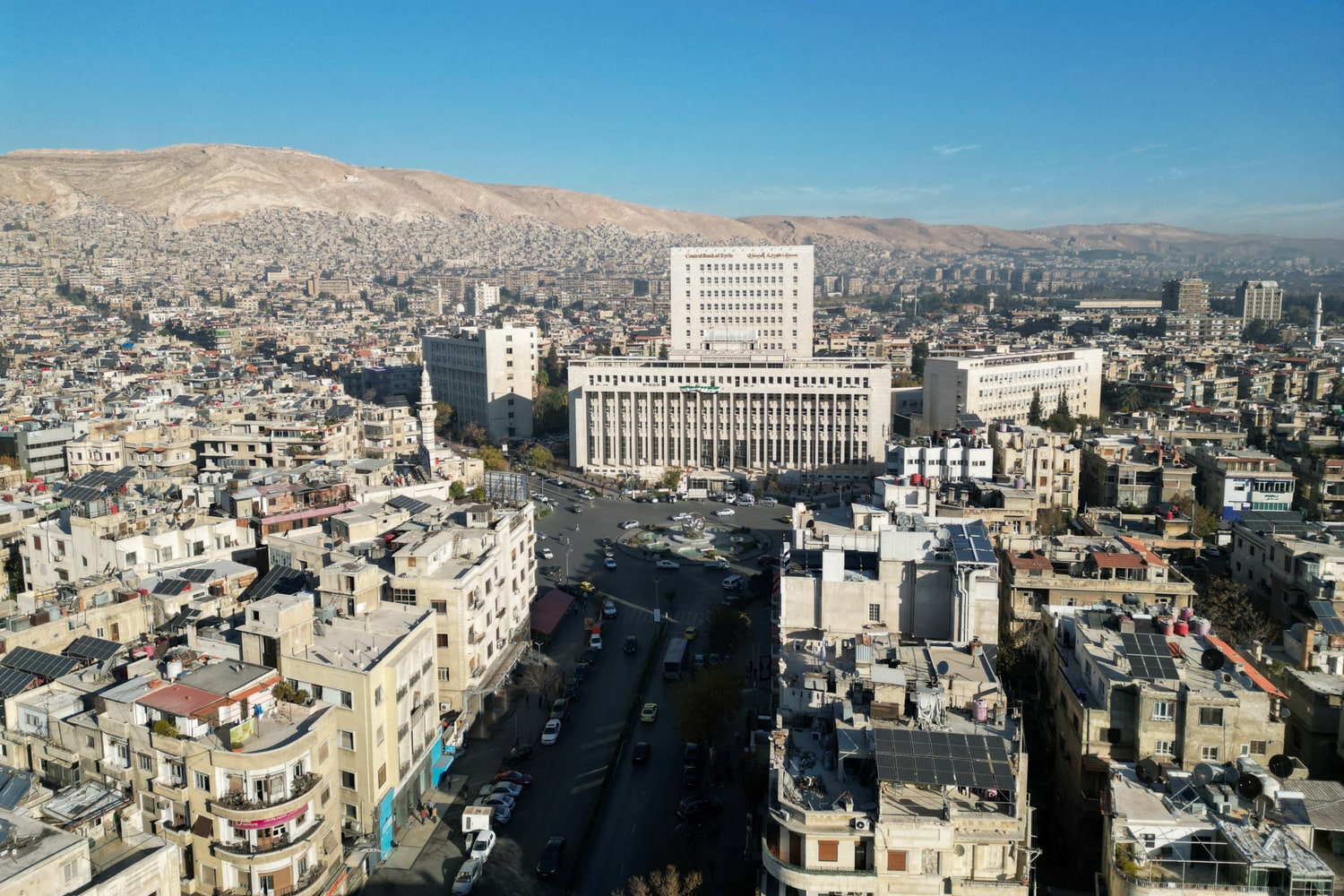Syria is a country with an extraordinarily rich history, located in the heart of the Middle East at the crossroads of ancient civilizations and cultures. For thousands of years, it served as the cradle of empires, religions, and traditions that shaped the development of the modern world. Despite contemporary challenges, Syria continues to preserve a unique heritage that remains largely unknown to many. This land bears the traces of Sumerians, Romans, Byzantines, Arabs, and many others. Below are fascinating and lesser-known facts about Syria that you might not have known before.
- Damascus, the capital of Syria, is considered one of the oldest continuously inhabited cities in the world. Archaeological evidence suggests that people have lived there for over 11,000 years. The city is mentioned in the Bible, the Quran, and classical texts as a spiritual and commercial hub. In the 7th century, it became the capital of the Umayyad Caliphate.
- Aleppo is home to one of the oldest citadels in the Middle East. Its history dates back to the third millennium BCE, and it was rebuilt many times by different civilizations. The citadel stands on a hill in the city center and symbolizes the resilience of the Syrian people. Before the war, it was one of Syria’s most visited historical landmarks.
- Syria hosts the ancient city of Palmyra, which during the Roman Empire was a key trading hub between East and West. The ruins include the Temple of Bel, the triumphal arch, and impressive colonnades. Palmyra is a UNESCO World Heritage Site. Despite severe damage in recent years, it remains a symbol of Syria’s cultural grandeur.
- The ancient city of Ebla, located in Syria, had one of the earliest writing systems, used in the third millennium BCE. Archaeologists discovered over 17,000 clay tablets written in cuneiform script. These records provide valuable insights into trade, politics, and religion in the ancient world. The discovery of Ebla in the 1970s was a major breakthrough in Middle Eastern archaeology.
- Syrian cuisine is known for its diversity and rich flavors. Popular dishes include hummus, tabbouleh, fattoush, baba ghanoush, and kebabs seasoned with herbs and spices. Desserts like baklava, halva, and date-filled pastries are also widely enjoyed. Syrian food has gained popularity across the globe thanks to its depth of flavor and cultural authenticity.
- Syria is home to the Monastery of Saint Simeon Stylites, built in the 5th century. The monastery was constructed around a pillar where the saint is said to have lived in prayer for over 30 years. It is considered one of the earliest examples of monumental Christian architecture. Even its ruins still evoke awe among visitors and historians.
- Syria’s population is ethnically and religiously diverse. In addition to Arabs, the country is home to Kurds, Assyrians, Armenians, Turkmen, Circassians, and other communities. Each group maintains its own customs, language, and religious practices. In some regions, the Aramaic language, once spoken by Jesus, is still in use.
- The Damask rose, known for its intense fragrance, grows in the area surrounding Damascus. Its petals are used to produce rose oil, which is widely used in perfume and cosmetics. The flowers are harvested by hand in the early morning before the sun gets too strong. The rose is of both cultural and economic significance to the region.
- In ancient times, Syria played a major role along the Silk Road. This position allowed for the development of crafts, commerce, and the exchange of knowledge. Cities like Aleppo and Homs were important centers where traders from China, India, Byzantium, and Arabia met. Many of the old markets and caravanserais still stand as a testament to this rich commercial history.
- Syria is one of the earliest wine-producing regions in the world. Archaeological evidence shows that wine was made there as early as 3000 BCE. Despite modern restrictions, some areas still cultivate grapes and produce traditional beverages. This reflects the deep agricultural roots embedded in Syrian culture.
- Syrian mosaics are considered some of the finest in the world, especially those found in Maaloula and ancient temples. These artworks were made from thousands of tiny stones and depicted scenes from daily life, mythology, and religion. Mosaic art flourished in both Christian and Muslim architecture. Many masterpieces are now housed in museums in Syria and abroad.
- In the mountain town of Maaloula, people still speak Western Aramaic. It is one of the few remaining places where a language closely related to that of Jesus is still spoken. Maaloula is also a significant Christian center, home to centuries-old monasteries and sacred sites. The town represents a living connection to linguistic and spiritual heritage.
These incredible and interesting facts about Syria reveal the profound depth of its historical, cultural, and spiritual importance. It is a country that has linked civilizations, ideas, and peoples for centuries. Despite its struggles, Syria remains a guardian of a unique and valuable heritage worthy of exploration and respect. The more you learn about Syria, the more you uncover the remarkable identity of a land you might not have truly known before.





